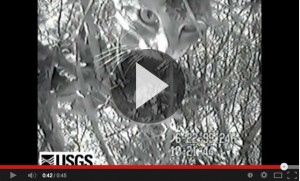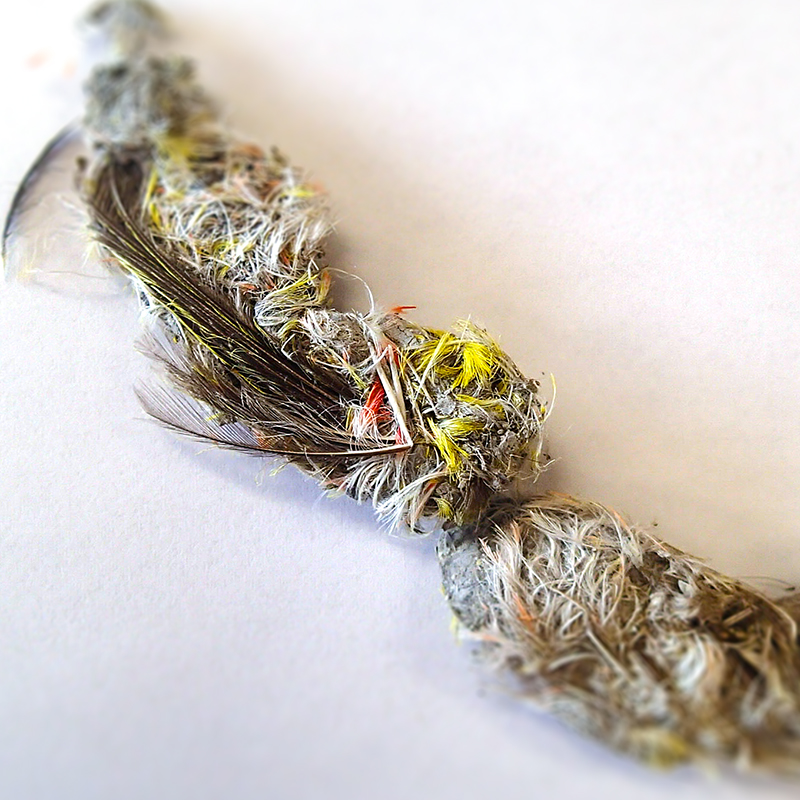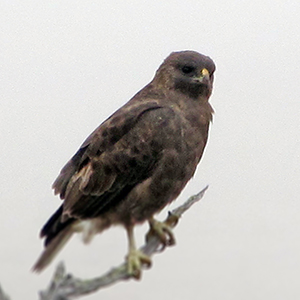THREATS
Mauna Kea’s high-elevation dry forest and the palila that live here are under constant threat from introduced animals, plants, insects, diseases, drought, and fire.
|
PredatorsNon-Native PredatorsWatch this video of feral cat predating on two palila chicks.
Feral cat populations were well established in Hawai‘i by the mid-1800s. Mark Twain was so stunned by the great abundance of cats when he visited Honolulu in 1866 that he wrote in his book Roughing It (1872): “I saw… tame cats, wild cats, singed cats, individual cats, groups of cats, platoons of cats, companies of cats, regiments of cats, armies of cats, multitudes of cats, millions of cats.”
The non-native feral cat is the most threatening predator to palila. Palila did not evolve with these predators and are especially vulnerable to them. Evidence of their vulnerability was documented by researchers studying nest success of palila using continuous-loop video cameras to monitor the nests. Based on predation rates of the nests monitored, feral cats cause about 10% of all palila nests to fail every year. They prey on adult palila and nestlings that are too young to fly and sometimes do not even eat them. Western Mauna Kea is known to support a relatively high population of feral cats and serves as a source population for other remote areas on the island. Roof rats are another non-native predator of palila. More commonly, they cause nesting efforts to fail by eating the eggs, but they can also kill adults and nestlings.
Scat from a feral cat found off of Saddle Road at about 4,000 feet near koa and ‘ōhi‘a forests. Note the red and yellows feathers: evidence that this predator has recently killed at least two native birds.
Native Predators
Pueo are a common sight in the high elevation dry forest of Mauna Kea.
Pueo, (Hawaiian short-eared owl; is active during daylight), and ‘io, (Hawaiian hawk) are native predators of the palila. Pueo are more common than ‘io in the high-elevation dry forest and observations indicate they prey upon palila more than ‘io do.
When ‘io are soaring above, the forest birds grow quiet.
|





